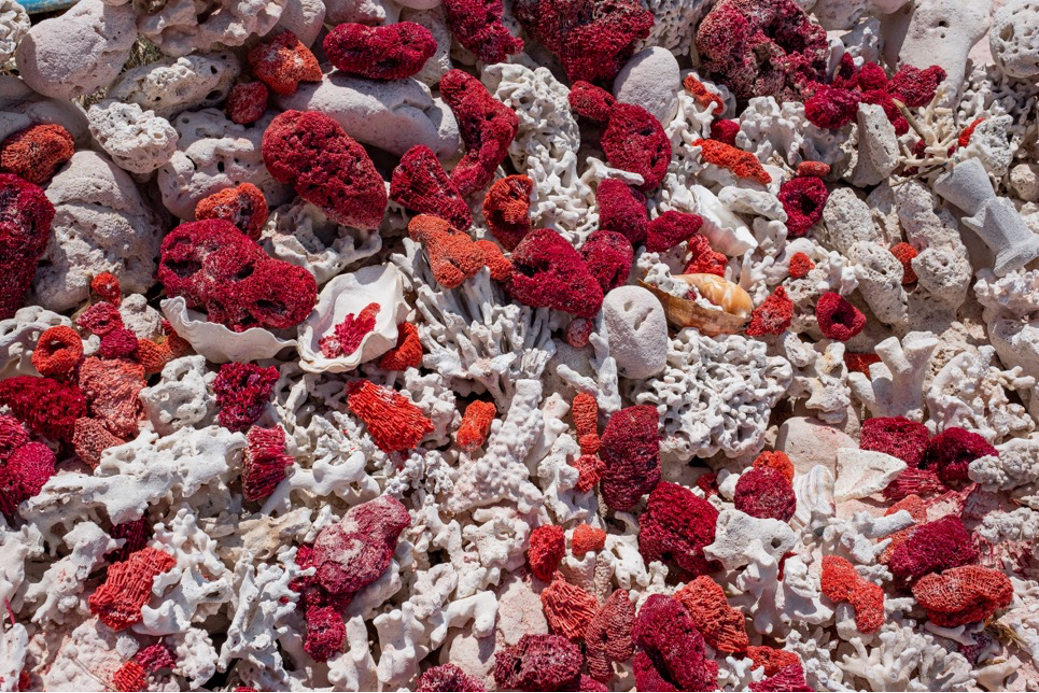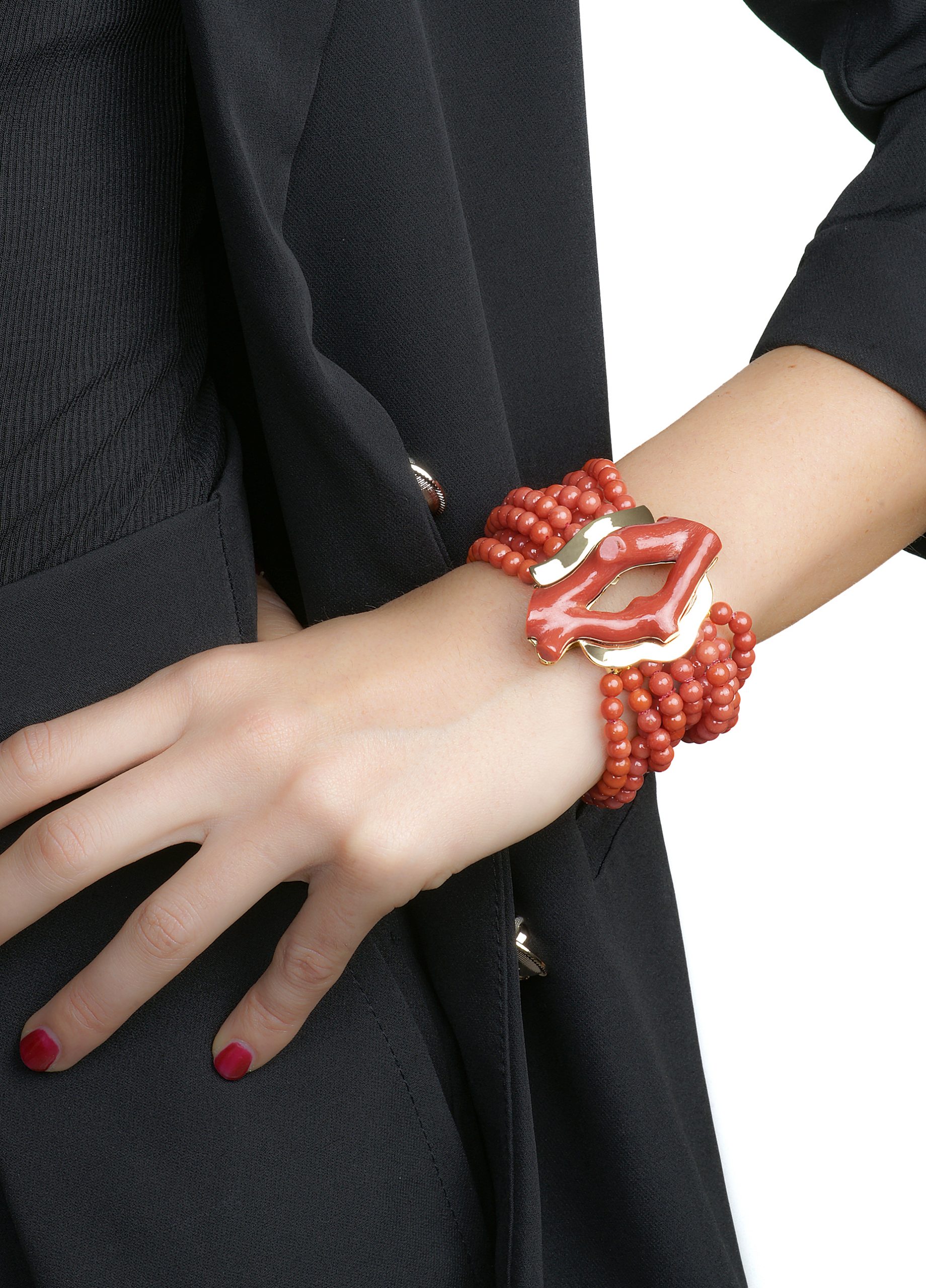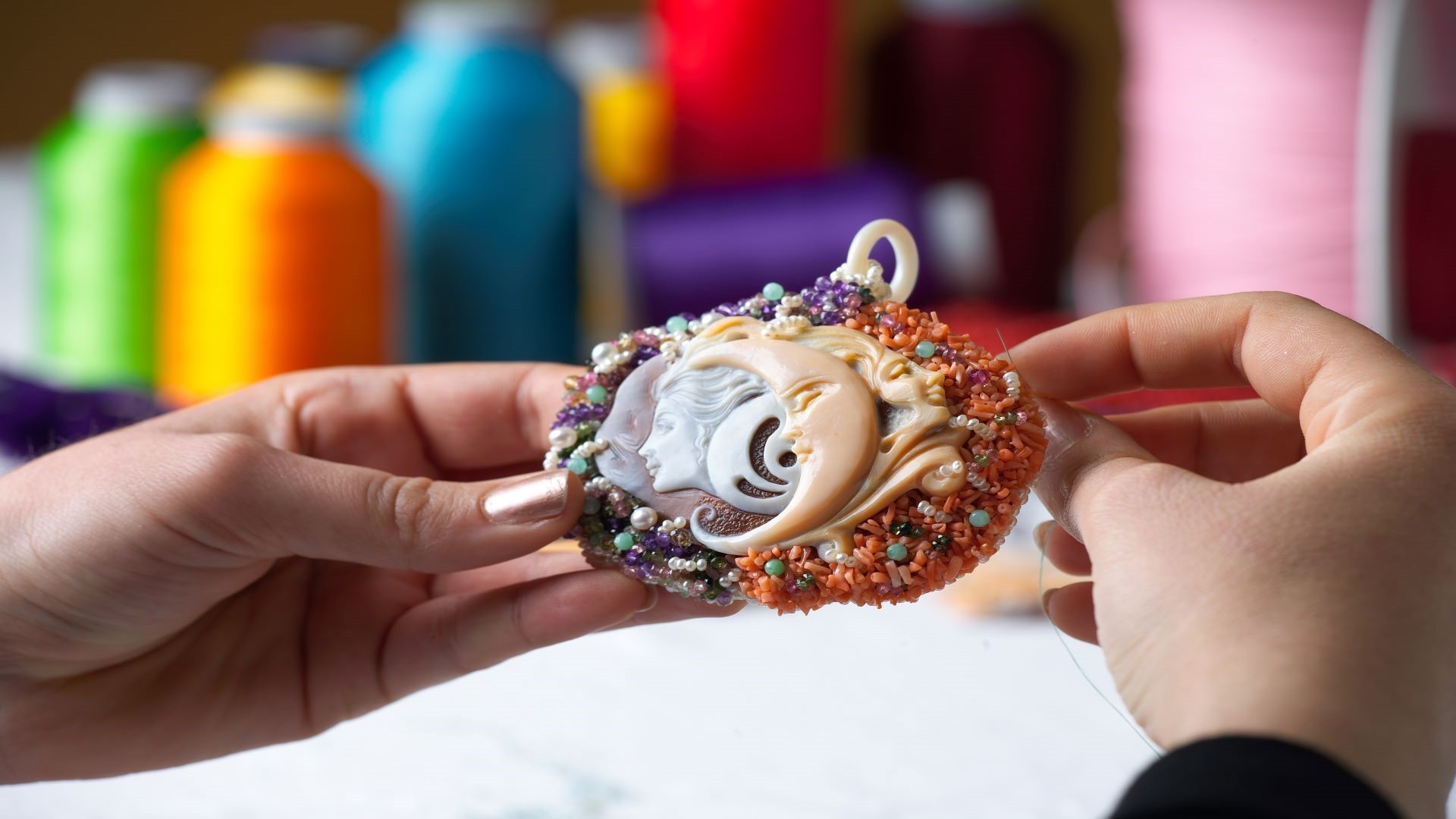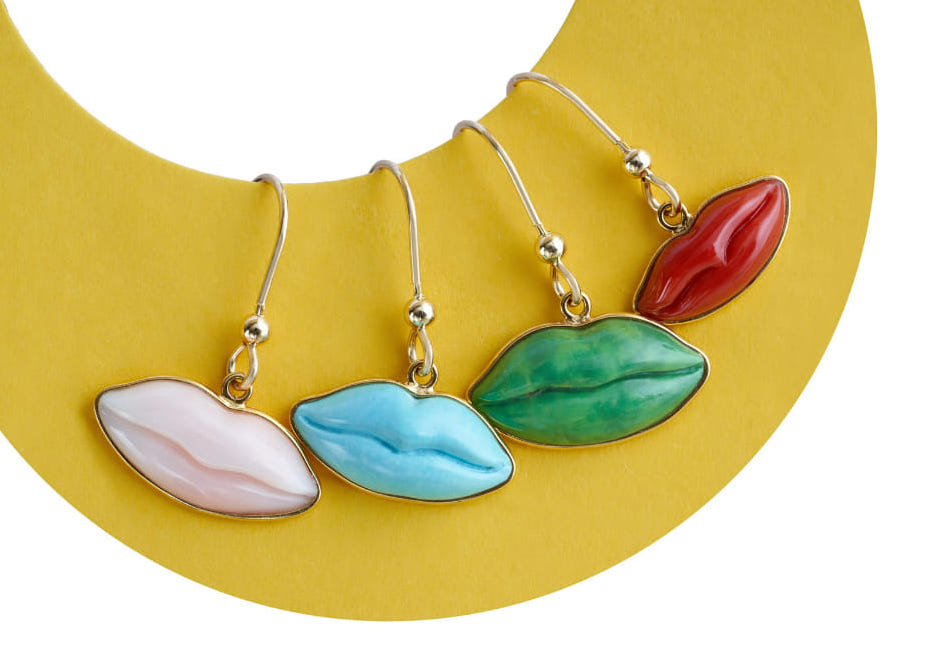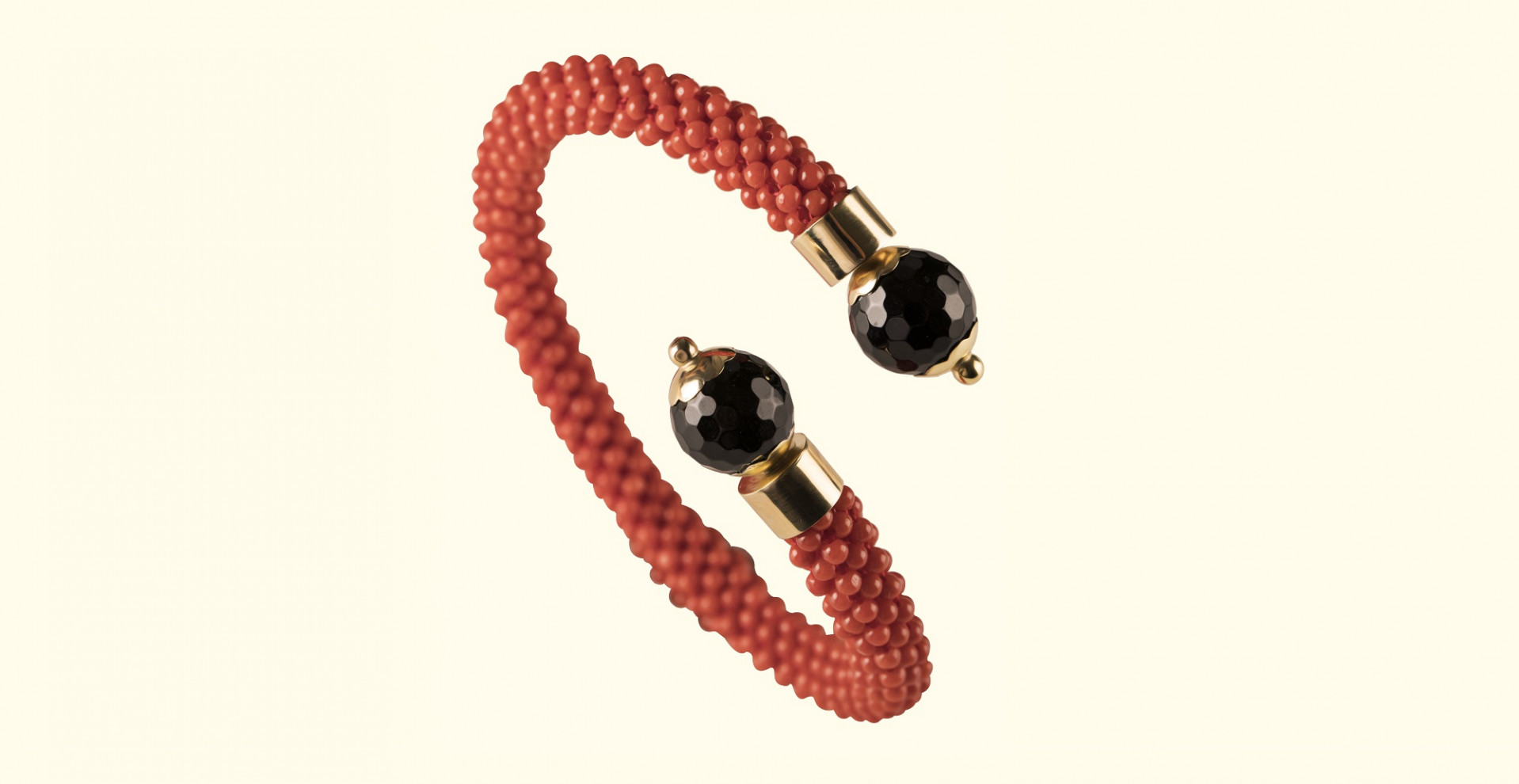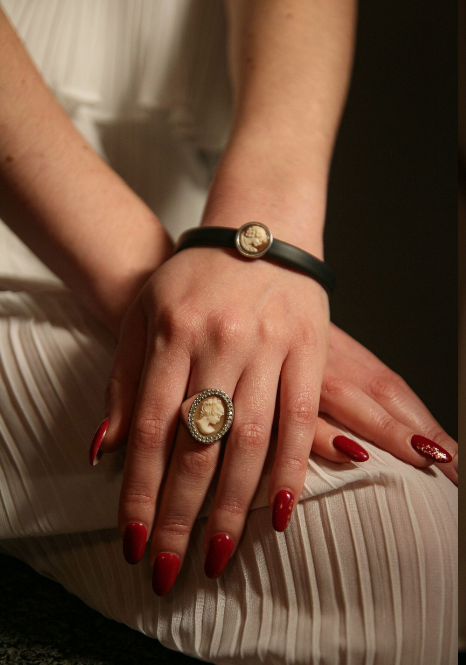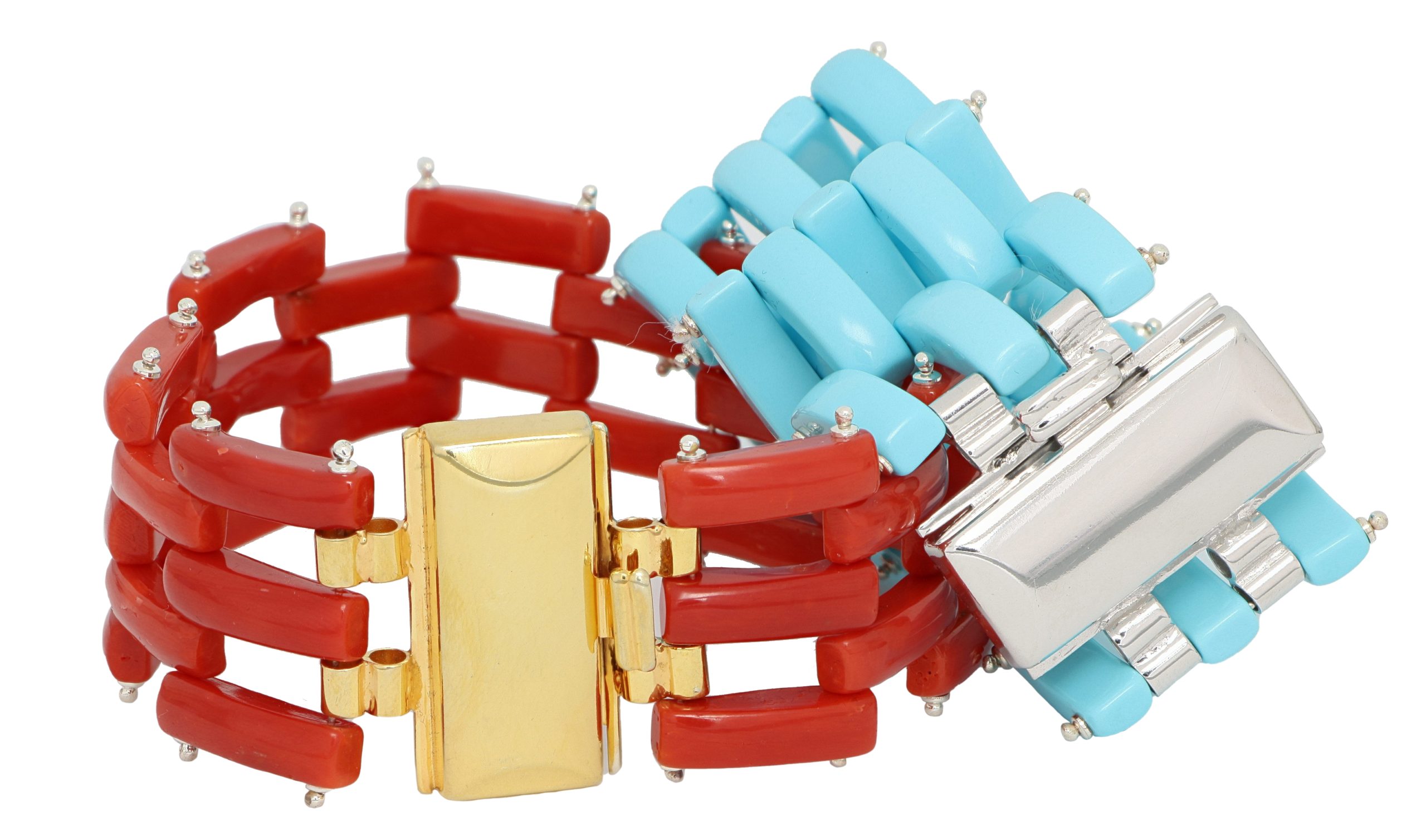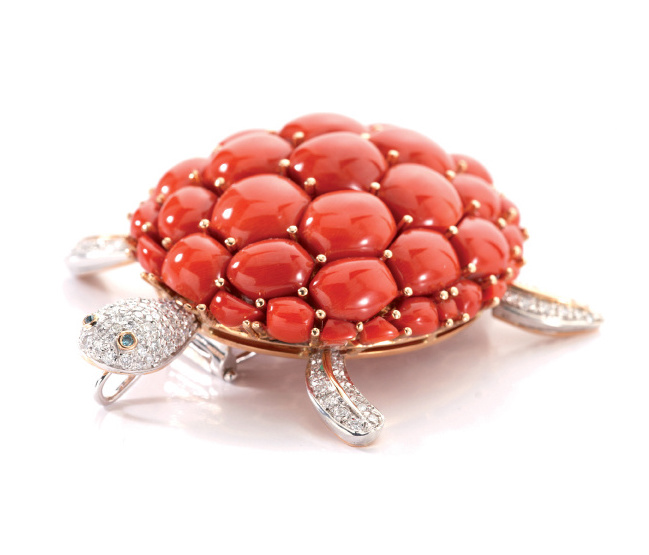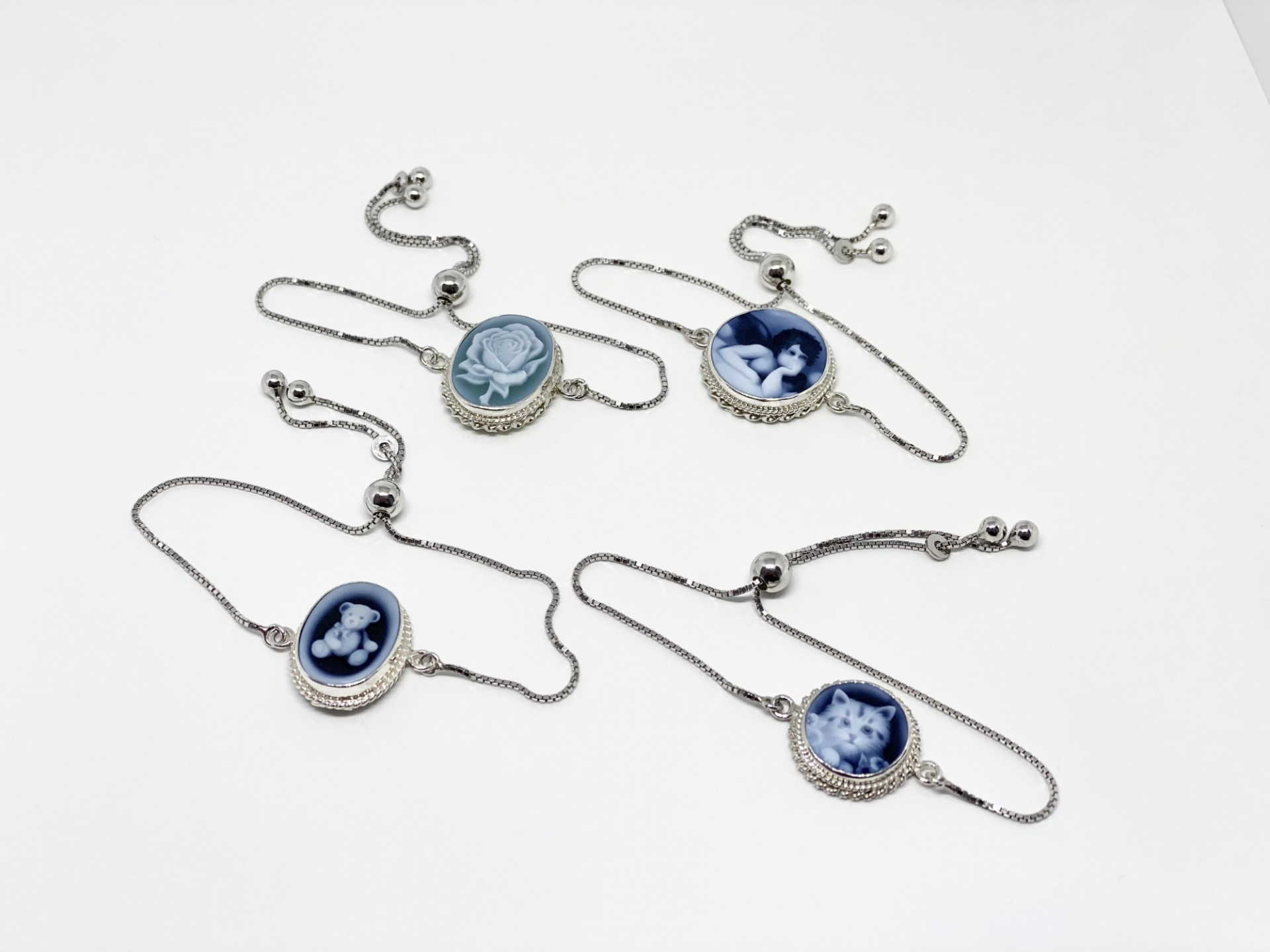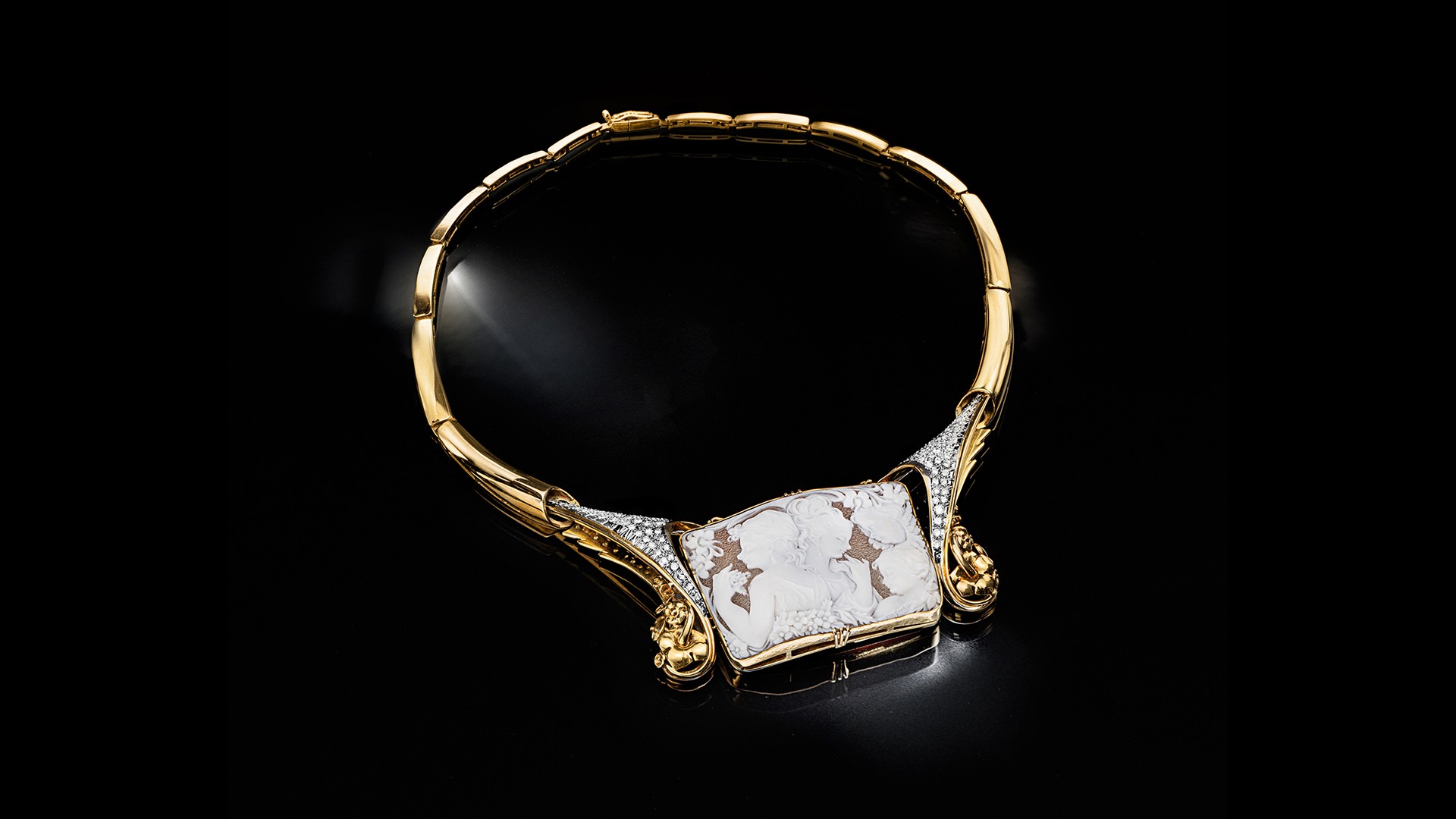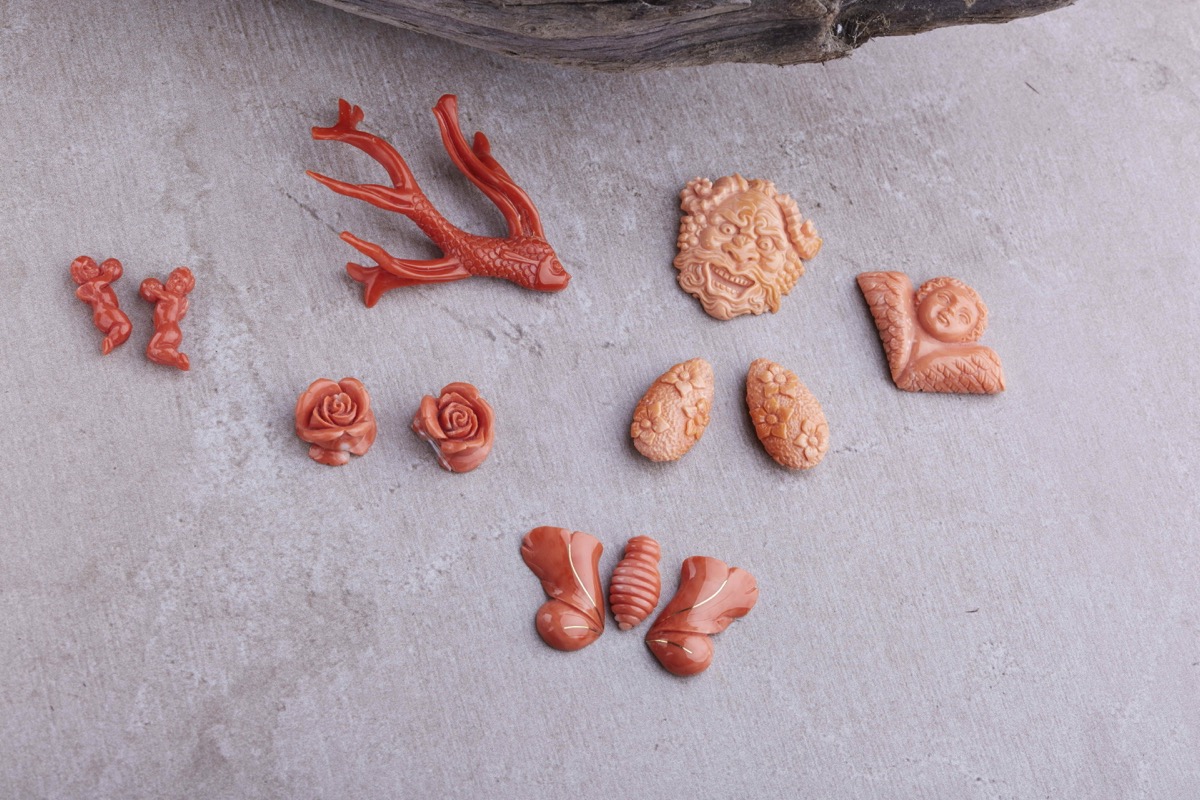The coral jewelry industry in the coastal city of Torre del Greco, Italy, began in 1805, when the King of Naples, Ferdinando IV, granted Paolo Bartolomeo Martin of Marseille of France, a 10-year monopoly on the manufacture of coral in the town. Today the city, surrounded by rolling hills in the province of Naples and in the shadow of Mount Vesuvius, is the hub of the coral and cameo jewelry world.
Nearly all the companies that toil in this art form of turning “red gold” into jewelry are family owned and very small, but their artistic designs and artisan skills have made their creations sought after throughout the world.
Coral manufacturing during the industry’s early days consisted primarily of fili e collane (strings and necklaces) made from various stages of smoothed coral. This type of production continues to be the backbone of the coral jewelry industry.
After being fished, the unrefined coral is washed and separated according to size, shape and color. It is then separated further before being cut, pierced, smoothed, polished and strung according to its shape and texture into beads, necklaces and other types of adornment.
Not long after the formal coral industry was established, the Torresi people found another way to create jewelry from the sea. They developed a technique using hand tools to engrave conch shells and hardened lava to create cameos. The engravings, which have changed little over the years, are mainly relief sculptures, usually oval or round, that include portraits of women’s faces, mythological representations, flowers, animals, landscapes, and scenes of daily life in Torre del Greco. They’re used as bracelets, earrings, pendants, and brooches.
Once the fundamental manufacturing techniques were in place, the coral and cameo industry blossomed.
During the second half of the 20th century, international demand for the industry’s products grew as manufacturers began to enhance coral with gemstones and precious metals. Late in the century, manufacturers developed automated ways to carve cameos. However, traditional hand-carved cameos are still produced and are highly prized.
As the industry entered the 21st century, the story turned again. This time to Pacific Ocean pink coral, which Hawaii and Asia began to export.
This new coral gave manufacturers more creative flexibility. Artists, who already were using red coral to create small sculptures, were able to create larger and more varied pieces.
Elaborate coral jewelry has been used as adornment and as a status symbol for centuries all over the world. Many local coral and cameo manufacturers are also collectors and have small museums filled with coral works inside their workshops. If you visit Torre del Greco, you may be able to visit these museums.
Among the best are the manufacturers Antonino De Simone, Bruno Mazza, Aucella, Gentile, Arte Italiana Cameo.
The Torresi techniques of coral and cameo making may have been founded more than 200 years ago, but artists and craftsmen with new ideas have built on this solid foundation to create contemporary jewels of exceptional beauty, carrying the tradition in a new way.
The coral industry in this picturesque Italian city by the sea is steeped in tradition while changing with the times to produce jewels of magnificent beauty that are coveted throughout the world.
By Anthony DeMarco
